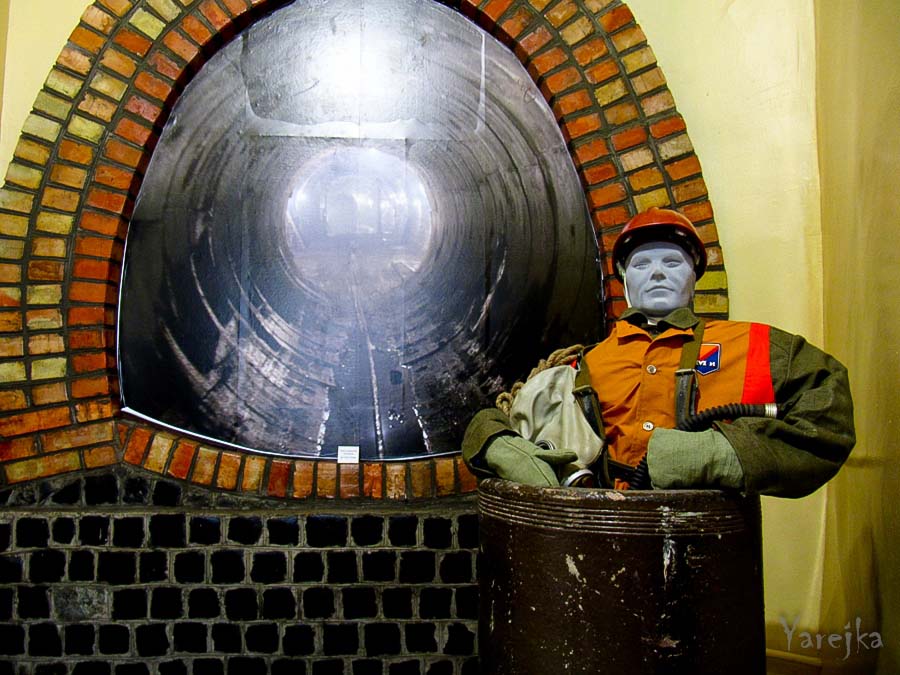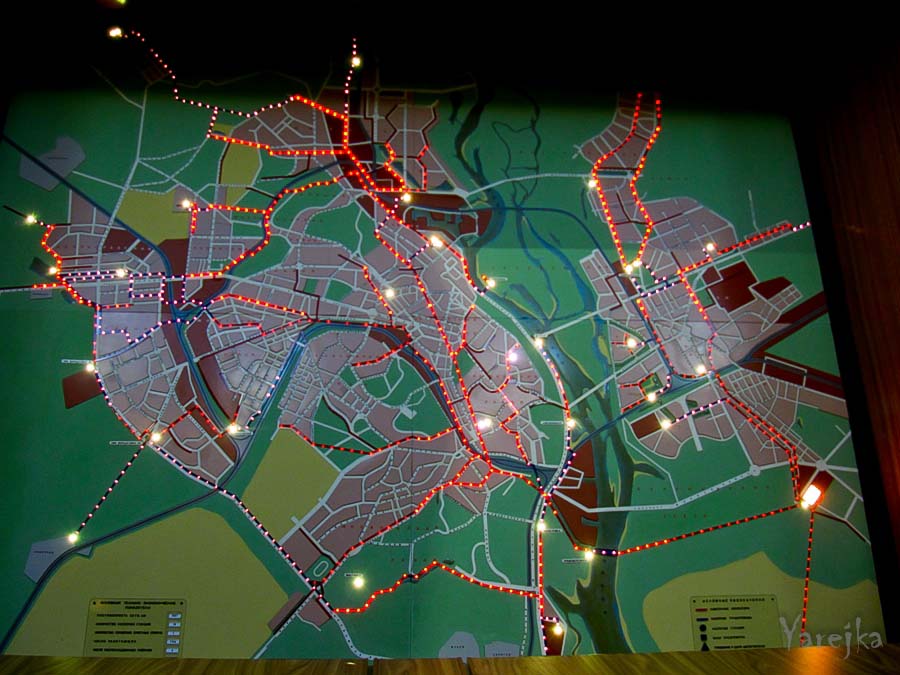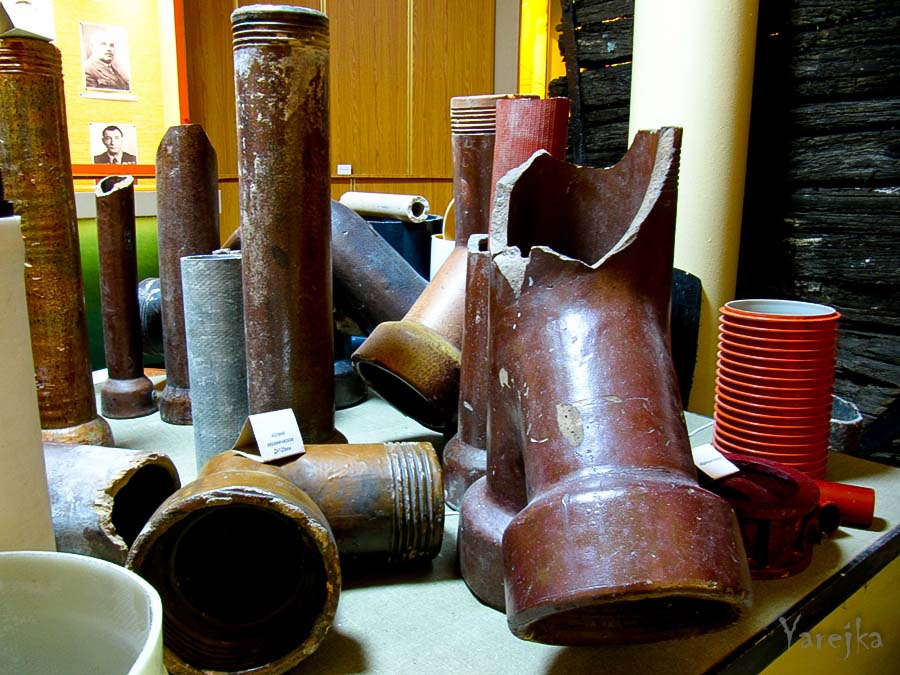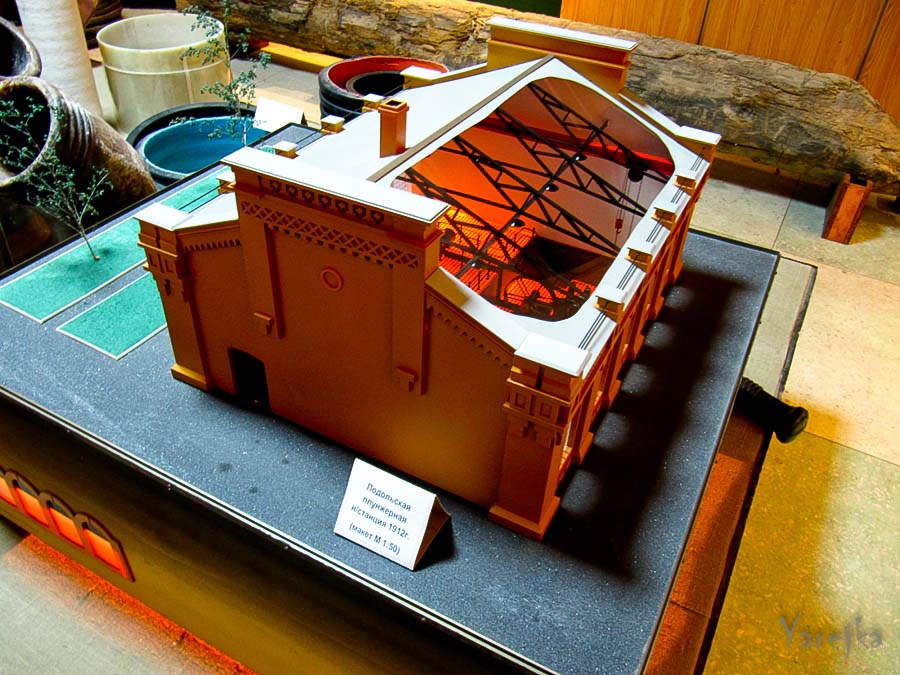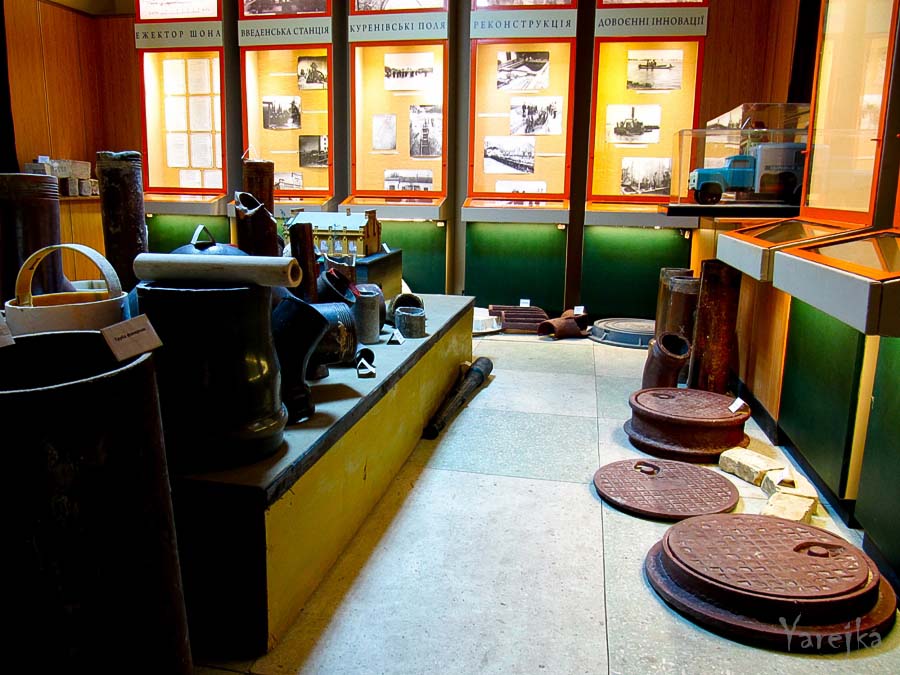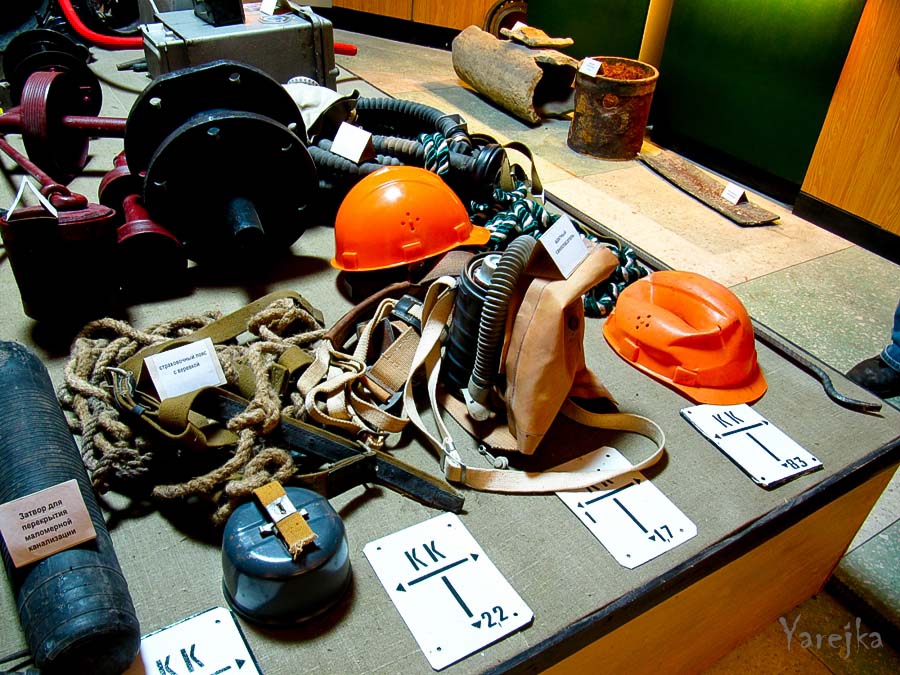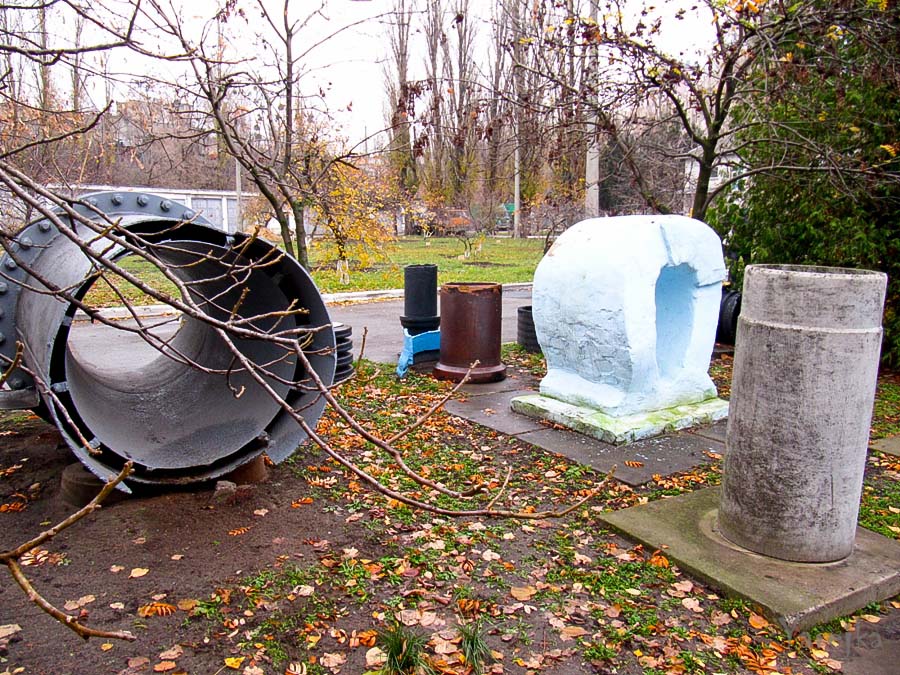The Kyiv Sewerage Museum attracts visitors with an unusual exhibition dedicated to the development of sewerage not only in Ukraine, but also in other countries. The museum premises are an old sewage pumping station. There are similar museums in almost all major European cities, however, today the sewerage museum is the only one in Ukraine.
The exhibition of the Sewerage Museum is located in two halls and is represented by a wide variety of exhibits that are in one way or another related to the history of the development of sewerage. Here you can learn about the origins of the sewer business, you can see the sewerage schemes that worked in Ancient Greece and Rome, where the world’s first sewer system appeared. The main material for the manufacture of sewer pipes was ceramics, because it was strong, inexpensive to use and did not rot after being in the ground for a long time. The museum displays examples of ceramic pipes of different diameters. For your reference, there is a large diagram of the sewer networks of Kyiv, equipment for cleaning sewer paths. Particularly interesting is the life-size model of the Lybidsky collector.
Before the advent of the Kyiv sewerage system, water was taken from the Dnieper and transported by carts. The waste poured directly into cesspools in the yard or into ditches, one of which was the Glybochitsa River, which flowed along the current streets of Verkhny and Nizhny Val. This situation created terrible sanitary conditions, contributing to a steady increase in diseases and, accordingly, mortality among Kiev residents. The organization of sewerage in Kyiv was partially able to solve this problem. The museum even presents a report from doctors of that time, confirming the decrease in mortality among city residents. The Schon sewerage system was launched in the capital, which became one of the first separate sewers in Europe. Its principle was that wastewater and rainwater flow through different pipes, that is, in fact there are 2 independent sewers.
A separate stand is dedicated to Amanda Egorovich Struve, a famous entrepreneur, philanthropist, and initiator of sewerage construction in Kyiv. The museum contains archival documents indicating that one of the contractors for the construction of sewerage in Kyiv was the construction company of Vladislav Gorodetsky. He was directly involved in the development of projects for special buildings serving the sewerage system on Vvedenskaya Street – the complex has been preserved to this day.
The Sewerage Museum draws visitors’ attention not only to ancient sewerage details. There is a separate stand where the work of a modern water utility service is shown: all the necessary equipment, fastenings, descents into manholes. The guide will tell you how difficult it is to work in the sewer, because the height of the canal is about 90 centimeters, you have to stand in a half-bent position, knee-deep in water. You need to work in gas masks and special suits. To determine the presence of gas, they use a “Davy light bulb” (a light source designed to work in an explosive gas environment, including in coal mines, where methane can accumulate), like the one in coal mines, because methane, hydrogen sulfide and carbon monoxide.
The courtyard of the sewerage museum is also unusual. Elements of water pipes that did not fit inside are displayed here. There is also sewerage equipment reminiscent of a bathyscaphe and a large water tap. The Sewerage Museum does not stop there and its collection is constantly replenished with new exhibits, for example, recently they became pieces of two hundred-year-old pipes brought by employees of the city water utility. Modern exhibits also appeared in the exhibition, namely samples of new sewer manholes made of metal and plastic, which began to be installed only in recent years. In addition to exhibition activities, the museum, together with the water information center (water museum), keeps records of water supply monuments preserved in Ukraine. As a thematic museum, you may also be interested in Museum of the History of the Toilet.
Where is the Kyiv Sewerage Museum?
Kharkov highway, 50A
044 280 14 35
067 324 86 00
067 658 29 01
visit by prior arrangement
